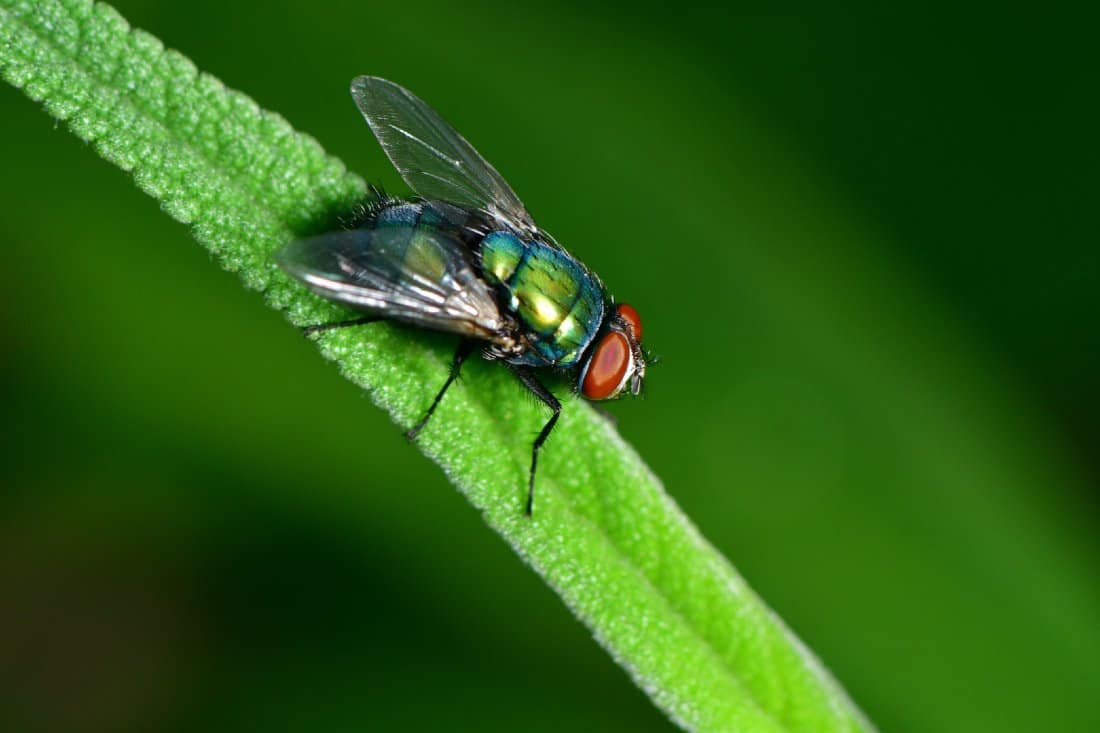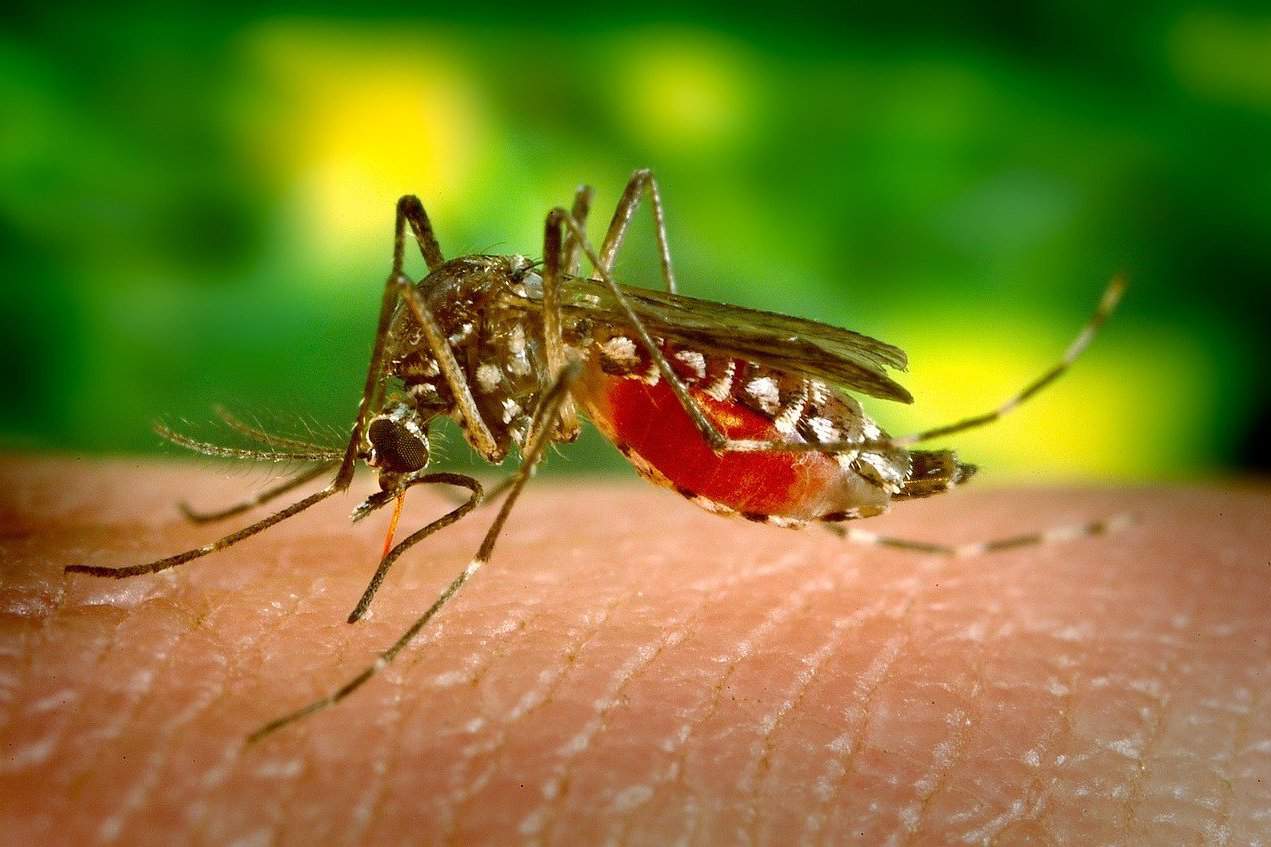Yosemite National Park is one of America’s finest. Located in California’s majestic Sierra Nevada mountain range, it includes scenic granite cliffs, ancient sequoia trees, mighty waterfalls, and not to mention, unforgettable landmarks like El Capitan and Yosemite Falls. With such a stunning and diverse geography, it’s easy to see why Yosemite is popular year-round. It’s also home to the iconic Half Dome and Yosemite Valley.
As beautiful and famous as this park is, guests should keep in mind that with the great outdoors comes a host of unwanted inhabitants – that’s right, bugs and insects. They’re annoying and abundant in some areas of the park, particularly in the summer.
Do you need bug spray in Yosemite? It is recommended for all visitors in Yosemite National Park to use bug spray. Yosemite is home to mosquitoes and many different kinds of arthropods that can bite and sting you.
Are There Mosquitoes in Yosemite?

mosquitoes. Just the thing we’d love to have on a trip outdoors. They’re the first bug that comes to mind when we think of itchy, irritating blood-suckers. Mosquitoes breed over stagnant water, especially in swamps and ponds, so any area with still bodies of water are potential mosquito breeding grounds.
Are there mosquitoes in Yosemite? There are plenty of mosquitoes in Yosemite National Park, depending on the season. Mosquitoes tend to swarm in forests, valleys with rivers, and in any places with standing water. So, if you plan on visiting those areas from May till July, mosquito magnets beware! It’s a good idea to wear lighter-colored clothing along with bringing mosquito repellant if you don’t want to be eaten alive. Also, avoid going out at dusk or dawn, as this is when mosquitoes are the most active in Yosemite.
Speaking of which, it’s recommended to bring mosquito repellant in Yosemite from the months of May to July, as this is when the water levels in the park tend to be higher. Warmer temperatures contribute to melting snow and ice, which leads to higher water levels and a perfect breeding ground for mosquitoes.
Effective repellants to use to keep the mosquitoes at bay include:
- DEET – The most common, widely-available bug spray. Don’t get it in your eyes!
- Picaridin – An odorless, grease-free repellant that is often applied directly to the skin. Picaridin is a widely-used repellant in Europe and Australia and was made available in the United States in 2005.
- Permethrin – An insecticide and repellant that is applied to clothing or equipment, like hiking gear. As permethrin contains some toxic chemicals, it’s advised that you wait for it to dry when you apply it to your clothes before wearing them.
In addition to these, you can try natural mosquito repellants like citronella, lemongrass, tea tree, eucalyptus, lavender, or peppermint oils. They’re chemical-free and are nourishing and hydrating for your skin. Better for you and for the environment, but it’s not always the most effective!
Ticks

Another common biting bug we’d all like to avoid are ticks. They are oval-shaped and flat in appearance (at least until they’ve had a meal), with adults having eight legs and larvae with just six. Ticks are generally found in grassy and shady areas around the national park during spring and summer when there’s more deer, mice, squirrels, and other animals that they can feed on. They also feed on reptiles and cold-blooded creatures like lizards and snakes.
There are two kinds of ticks based on appearance – “hard ticks”, which are ticks with a ‘plate’ on their back called a scutum, as well as visible mouthparts when the tick is viewed from above, and “soft ticks” – ticks without a scutum, no visible mouthparts, and a larger body than hard ticks.
Like mosquitoes, some ticks are hosts to a number of diseases, albeit very different ones than their flying, buzzing counterparts. In Yosemite, ticks may carry two types of diseases: the well-known Lyme Disease and Relapsing Fever, a.k.a borelliosis.
Borelliosis is a disease caused by the Borrelia bacterium spread by ticks. It is an illness that has similar symptoms to Lyme Disease, including fever, headache, nausea, and joint and muscle aches. The fever gets its name from infected people having flu-like symptoms that last just a few days but tend to return, or “relapse” if left untreated.
Tick-borne relapsing fever (TBRF) can come from both hard and soft ticks, however, they tend to come from soft ticks in Yosemite. The more common Lyme Disease is spread by the Western black-legged ‘hard’ tick that likes to feed on white-tailed deer.
Where are these pests, and rather freaky-looking creatures, found in the park? Hard ticks are found mostly in cool, moist, woody areas where deer, birds, and other vertebrates that they like to feast on are present. This includes forests, shrubs, grasslands, hiking trails and other bushy areas.
On the other hand, soft ticks prefer cool, dark areas and higher altitudes – mountainous regions above 3000 feet, as well as lower, forested foothills found at the base of mountains. They like hiding in burrows, dens, caves, and unfortunately for us, simple human dwellings such as cabins, huts, and sheds. Many park visitors who are bitten by soft ticks were often sleeping in rustic, rodent-infested cabins which are ideal homes for these bugs.
How do you prevent tick bites? Wear light-colored clothing and tuck in your pants, shirts, or any loose-fitting clothing, so it will be harder for ticks to get in your skin. Also, wear closed-toe shoes and use DEET, lemon eucalyptus oil, or permethrin, which seems to be effective in exterminating these bugs.
Fleas

In addition to ticks, some animals in the park are also home to fleas. These tiny, high-jumping blood-suckers feed mostly on furry mammals, especially rodents like mice, rats, squirrels, and chipmunks. They are most likely to be plentiful in the spring, after many mammals come out of hibernation from their burrows and dens.
Besides causing itchiness and rashes, fleas can also transmit diseases like the plague. In fact, two visitors to Yosemite were diagnosed with the plague back in 2015. Rest assured though – this illness is very rare in humans and besides that unfortunate incident, no other confirmed cases have been reported in Yosemite.
You can reduce risk of exposure to fleas by covering up, tucking in your clothes and socks, and again, by wearing closed-toe shoes while outside. DEET or permethrin also helps in keeping these pests away.
Flies

Another bug that really bugs us is, you guessed it, the fly. As soon as the weather warms up, flies seem to come out of nowhere, and in droves. Most fly species don’t bite or eat our blood, but there are a few biting flies that can be found in the park from around May till July. The main culprits are:
Black flies – These small, gnat-like insects swarm around spring to mid-summer and can cause itching and swelling. Luckily, North American black flies are not known to transmit diseases to humans.
Deer and horse flies – These medium-sized flies have brownish-black bands on their wings and can have either gold or green eyes. They are most active in mid-summer and are found in meadows, valleys, or other areas near bodies of water. Deer flies prefer flying under direct sunshine and in warmer temperatures of over 70 °F. Their bite can be pretty painful.
Like deer flies, horse flies like to fly in the sun and are active during the day at the same time of year. These large, black or brown-colored flies are fast-flying and inflict stinging, painful bites. They are found in the same areas of the park as deer flies and are unfortunately even more aggressive and relentless than their smaller deer fly cousins.
So, in order to avoid being their lunch, you should:
- Wear light-colored clothes, as flies are attracted to darker colors like black and blue
- Wear a hat or a netted hat (if you really wanna protect yourself) while out hiking in Yosemite in the summer, as flies tend to like swarming around the head and scalp, where it’s harder to swap the flies away
- Use DEET, permethrin or picaridin-based repellants
- Use natural oil scents like citronella, tea tree, and lemon eucalyptus
- Create your own liquid fly repellant, such as mixing water with vinegar and dish soap, or with any of the previously mentioned essential oils

Final Words
And there you have it! While insects in Yosemite depend on where you are in the park as well as the time of year, many people prefer to go sometime during the warmer months. If you happen to be one of these visitors, I would definitely bring bug spray.
Related: A Complete US National Park List

